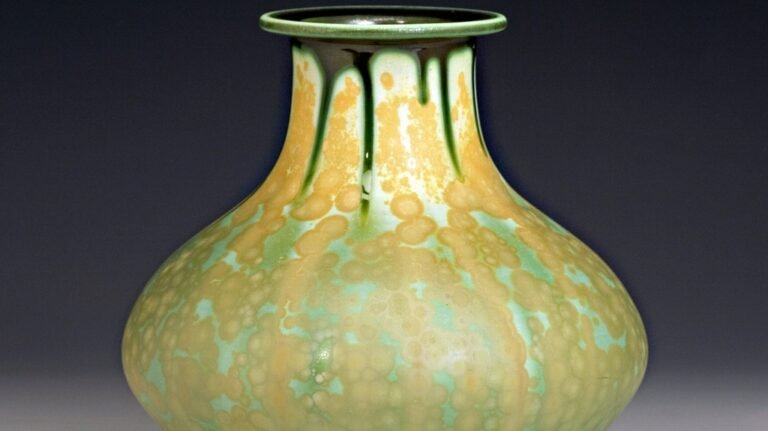What is crystalline glaze? Explained!
Pottery is an amazing form of art. Ceramic items are astonishing, charming, and beautiful. However, one particular form of potter always amazed people around the world. Crystalline glaze is loved by potters and owners for its unique, mesmerizing features. But, what is crystalline glaze pottery exactly? Crystalline glazes are one of the many types of…



